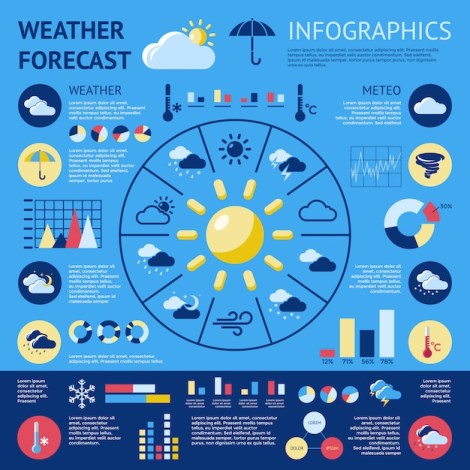Fascinating Facts about Hurricanes

Hurricanes are massive, swirling storms that form over warm ocean waters.
The strongest hurricanes can produce winds of over 185 miles per hour.
Hurricanes are categorized based on their wind speeds, with Category 5 being the most severe.
The word hurricane is derived from the indigenous Taino people of the Caribbean, who called their storm god Huracan.
Hurricanes are known by different names around the world, such as cyclones in the Indian Ocean and typhoons in the western Pacific.
The eye of a hurricane is a calm, relatively clear area in the center of the storm.
Hurricanes can cause significant damage to buildings, infrastructure, and ecosystems.
The Atlantic hurricane season officially runs from June 1st to November 30th.
Climate change is expected to increase the intensity and frequency of hurricanes in the future.
The deadliest hurricane in recorded history is believed to be the Great Hurricane of 1780, which killed over 20,000 people in the Caribbean.
Hurricane Sandy, which hit the northeastern United States in 2012, caused over $70 billion in damages.
Hurricanes are fueled by warm, moist air rising from the ocean surface.
Hurricane hunters, specially equipped aircraft, fly into hurricanes to gather data and provide real-time observations.
The eyewall of a hurricane is the most dangerous part of the storm, with the strongest winds and heaviest rain.
Storm surge, a rise in sea level caused by a hurricane’s winds, can cause extensive coastal flooding.
Fascinating Facts about Hurricanes part 2
The eye of a hurricane can range in size from a few miles to over 60 miles in diameter.
The Saffir-Simpson Hurricane Wind Scale measures hurricanes based on their potential for property damage.
The deadliest hurricane in US history is the Galveston Hurricane of 1900, which killed an estimated 8,000 people.
Hurricane Katrina, which struck the Gulf Coast in 2005, caused over 1,200 deaths and $125 billion in damages.
Hurricane season in the Pacific Ocean tends to be more active than in the Atlantic Ocean.
The energy released by a hurricane in a single day is equivalent to the energy consumed by the entire world in 20 days.
The term rain bands refers to the outer spiral bands of precipitation that surround the eye of a hurricane.
Rapid intensification, when a hurricane’s winds significantly increase in a short period, can make them especially dangerous.
The eye of a hurricane is often visible on satellite images as a circular area of calm, surrounded by swirling clouds.
The historical study of hurricanes is called paleotempestology.
Hurricane names are selected in advance by the World Meteorological Organization and are reused every six years.
The first hurricane to be tracked by satellite was Hurricane Edith in 1966.
Hurricanes can produce tornadoes, particularly in the right-front quadrant of the storm.
The United States experiences more hurricanes than any other country, due to its extensive coastline.
Hurricanes can last for days or even weeks, but they eventually dissipate when they move over land or cooler waters.
Hurricane Andrew, which struck Florida in 1992, was the costliest hurricane in US history at that time.
The Great Miami Hurricane of 1926 was the first Category 4 hurricane to make a direct hit on a major US city.
Hurricanes are called willy-willy in Australia and bagyo in the Philippines.
Hurricane Camille, which hit the Gulf Coast in 1969, had the lowest recorded atmospheric pressure of any US hurricane at landfall.
The Atlantic hurricane season of 2020 was the most active on record, with 30 named storms.
Hurricane hunters use dropsondes, instruments released into the storm, to collect data on temperature, humidity, and wind speed.
The eyewall replacement cycle is a natural process in which the inner eyewall of a hurricane collapses and is replaced by an outer eyewall.
The Bermuda High, a high-pressure system in the Atlantic Ocean, plays a major role in steering hurricanes.
Hurricane Isabel, which struck the US East Coast in 2003, caused the largest evacuation in US history up to that time.
Hurricanes are given names to help communicate information about the storm and reduce confusion when multiple storms are active.
The majority of hurricanes form between 5 and 20 degrees latitude, where the ocean waters are sufficiently warm.
Hurricane Harvey, which hit Texas in 2017, broke the US rainfall record for a single storm, with over 60 inches of rain.
The National Hurricane Center issues watches and warnings to alert the public about approaching hurricanes.
The technology used to predict and track hurricanes has significantly improved over the past decades, increasing forecast accuracy.
While hurricanes can be incredibly destructive, they also serve a purpose by redistributing heat and moisture around the Earth.

